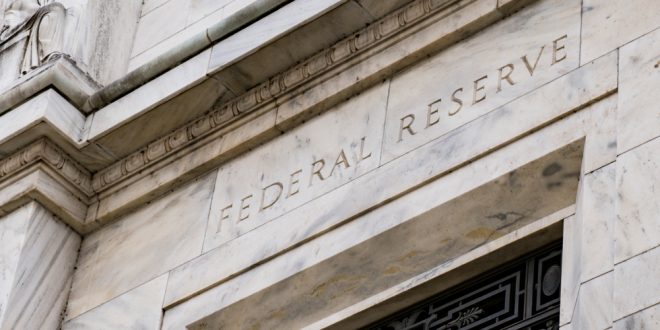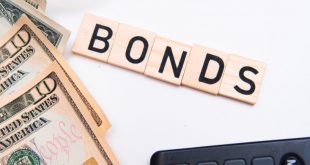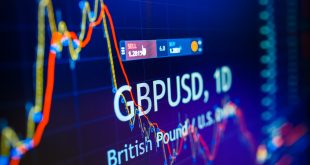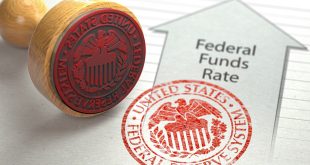The United States Federal Reserve is set to maintain its monetary policy and interest rates during the second meeting for the Federal Open Market Committee (FOMC) in 2021.
The Fed will likely expect that the U.S. economy will achieve high growth in 2021, supported by a number of factors. First, the American economy is showing multiple signs of recovery and expansion in business activity, which is helping reduce unemployment. In addition, inflation is rising; however, the Fed does not expect it will sustainably reach its 2% targeted rate until 2023.
Furthermore, the rollout of Coronavirus vaccines and broader efforts to combat the pandemic, such as the Biden administration’s $1.9 trillion rescue plan, are expected to help restore consumer spending and the return to normal levels of economic activity.
Many in the market are expecting a change in the tone of the Fed towards more optimism in its expectations and expressing a wider range of tools with which it could deal with the rising Treasury bond yields and inflation pressures. Nonetheless, this seems highly unlikely, as the Fed will presumably stick to its policy and vow to maintain it until employment and inflation targets are achieved.
This was evident in the case of a recent speech earlier this month by the Fed Chair Jerome Powell, who expected a rise in inflation in the coming period, but ruled out that it will impose enough pressure to raise interest rates, noting that monetary policymakers will be patient with any transitory increases in inflation.
These comments, as expected as they might be, sparked negative reaction from the market, spurring more worries about a reflation and rising Treasury yields due to selling pressures, with investors not seeking long-term holdings of debt instruments amid the expected rise in inflation, which also had a negative impact on the stock market.
Powell then also said that he thinks that it is highly unlikely for full employment to be achieved in 2021.
Fed officials have recently expressed their view that the official 6.2% unemployment rate is not accurately reflecting the current situation and that real unemployment is much higher, when taking into account those who stopped searching for work opportunities.
In addition, the FOMC statement could point to an expected decline in the unemployment rate to less than 5%, especially with expectations for economic growth at 6% or more in 2021, versus an expected 4.2% growth rate in December. Registering growth above 5% this year, would signal the highest growth rate since the 7.2% achieved in 1984.
The FOMC statement might also point to expectations of maintaining interest rates until 2023 at the soonest before a new rate hike.
In the aforementioned speech delivered by Powell on March 4, he stressed the Fed is not focusing on a single policy and is reviewing a wide array of options, noting that the Fed plans to maintain the low interest rates and the current pace of asset purchases until its goals are achieves. This message is highly expected to be reiterated on Wednesday by a majority of FOMC members, despite calls for pulling back from the dovish tone and the large asset purchases, especially with concerns about how that is impacting the stock market, with longer-term rates recovering their levels prior to the pandemic.
 Noor Trends News, Technical Analysis, Educational Tools and Recommendations
Noor Trends News, Technical Analysis, Educational Tools and Recommendations





